Introduction
India’s wide range of climates and environmental issues means skincare practices must adapt to specific requirements. Keeping your skin healthy plays a crucial role when you have to deal with problems like pollution harsh weather, and changing humidity levels that you find all over the country. Face masks stand out as one of the best ways to look after your skin and make them part of your routine.

Face masks have an essential role in modern skincare. They provide concentrated treatments for various skin issues, from managing oily skin to giving deep moisture or calming irritation from environmental factors. This guide aims to help you understand the wide range of face masks you can find in India and make smart choices that match your skin type and needs.
This guide has something for everyone interested in face masks. If you love trying new beauty trends work as a skincare pro and want to learn more, or just need some practical tips, you’ll find useful information here. We’ll look at different kinds of masks, what they can do for your skin how to pick the right one for you, and the top products you can buy in India.
Understanding Face Masks: What They Are and Why They Matter?

What is a Face Mask?
The face mask is designed to deliver potent nutrients and benefits to the skin. It is usually applied to the face and left for a certain amount of time before being washed off or removed. Facial masks can come in a variety of styles, including clay, cloth, cream, and gel-based, each catering to different skin needs
Why Do Face Masks Matter?
Facial masks aren’t just a luxury item—they’re an essential part of a well-rounded skincare routine. Regular use of a face mask can enhance skin health with benefits beyond what daily cleansers and moisturizers can provide.
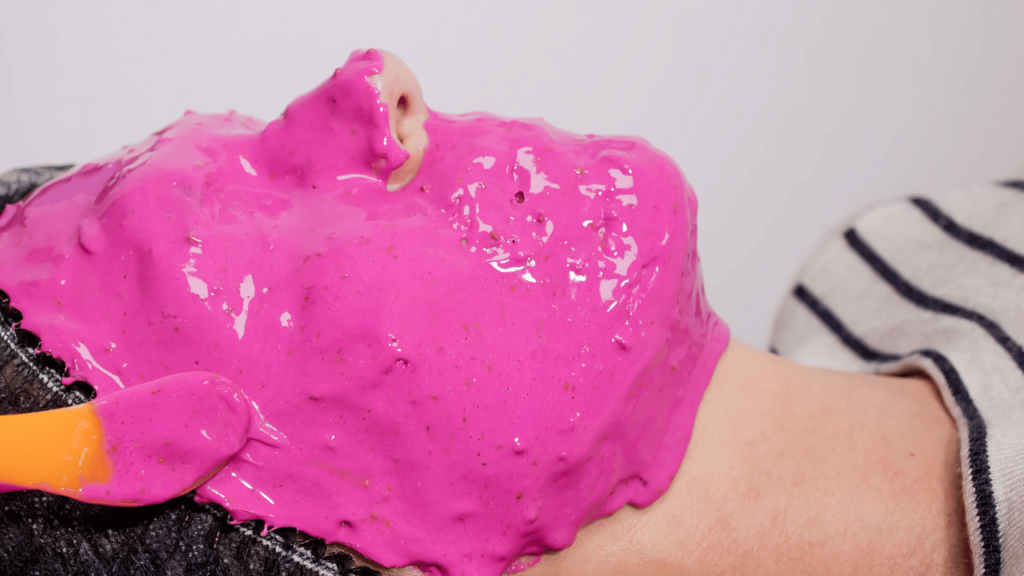
Deep Cleansing
One of the main benefits of a face mask is that it provides deep cleansing. Unlike daily cleansers, which primarily clean the surface of the skin, face masks can penetrate deeper into the skin layers to remove dirt, oil, and impurities. This deep-cleansing action helps to clear pores, reduce acne, and prevent future breakouts.
Intense Hydration
Face masks are also excellent for providing intense hydration. Many masks contain ingredients like hyaluronic acid, aloe vera, and other nourishing components that help to restore the skin’s moisture balance. This is particularly beneficial for those with dry skin or who experience seasonal dryness.
Targeted Treatments
The face mask provides targeted treatment for specific skin problems. Whether you’re dealing with aging, hyperpigmentation, or dullness, the face mask is designed to meet your needs. For example, masks with antioxidants like vitamin C can brighten the skin and reduce the appearance of dark circles, while those with retinol can help reduce fine lines and wrinkles
Relaxation and Self-Care
In addition to the skin benefits, a facial mask provides a relaxing, spa-like experience which can be a great way to relax and take care of themselves Using a facial mask can be soothing and is healing, benefiting both mind and body.
You may also like:- Top 10 Best Face Packs for Men to Make Skin Healthy in 2024
Types of Face Masks
Facial masks come in a variety of styles, each designed to address different skin concerns. Understanding the unique benefits and ideal conditions of use for each type can help you choose the right product for your skin type and needs.
Clay Masks
Clay masks are known for their deep cleaning properties. It is made of clay such as kaolin or bentonite that is capable of absorbing excess oil, removing pores, and removing impurities. This makes clay masks ideal for oily or acne-prone skin. Regular use of clay masks can help maintain clear skin and reduce breakouts.

Benefits of Clay Masks
- Oil Control: Clay masks absorb excess oil very well, making them perfect for oily skin.
- Deep Cleansing: They penetrate deep into the pores to remove dirt and impurities.
- Acne Prevention: By clearing pores, clay masks help prevent acne and reduce the severity of acne.
How to Use Clay Masks
Apply a thin layer of the clay mask to clean, dry skin. Leave it on for 10-15 minutes, or until it starts to dry, and then rinse off with lukewarm water. It’s important not to let the mask dry completely, as this can cause excessive drying and irritation. Follow up with a moisturizer to keep the skin hydrated.
Sheet Masks
Sheet masks are pre-soaked in nourishing serums and are designed to deliver a concentrated dose of active ingredients directly to the skin. They are typically made from materials like cotton, hydrogel, or cellulose, which are cut into a facial shape and saturated with a nutrient-rich formula. Sheet masks are versatile and meet various skin needs, including hydration, brightening, and anti-aging.

Benefits of Sheet Masks
- Hydration: Sheet masks are particularly effective at providing a boost of moisture to the skin.
- Brightening: Many sheet masks are formulated with ingredients like Vitamin C to brighten the skin.
- Convenience: They are easy to use and provide a quick skin treatment without any mess.
How to Use Sheet Masks
Start with a clean face. Unfold the sheet mask and apply it to your face, aligning the holes with your eyes, nose, and mouth. Leave it on for 15-20 minutes, then remove the mask and gently pat any remaining serum into the skin. No need to rinse off the serum—just follow up with your usual skincare routine.
Cream Masks
Cream masks are designed to provide intense hydration and nourishment to the skin. They are typically rich in ingredients and are formulated to replenish moisture, making them particularly beneficial for those with dry or mature skin. Cream masks can also contain anti-aging ingredients like peptides and hyaluronic acid, which help to improve skin elasticity and reduce the appearance of fine lines and wrinkles.
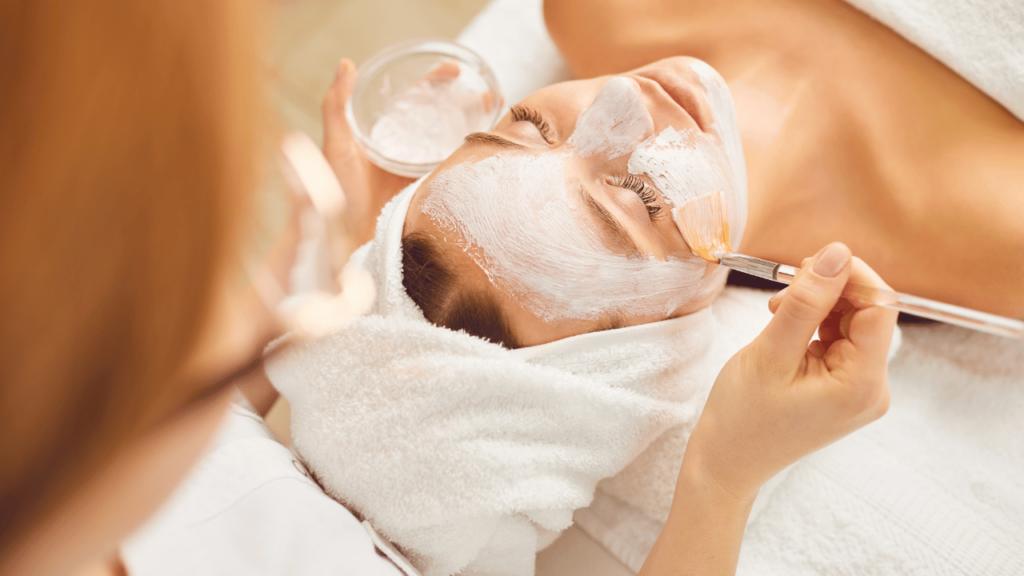
Benefits of Cream Masks
- Moisturizing: Cream masks provide deep hydration, making them ideal for dry skin.
- Nourishing: They are packed with nutrients that help to nourish and repair the skin.
- Anti-Aging: Cream masks often contain ingredients that help tighten the skin and reduce wrinkles.
How to Use Cream Masks
Apply a generous layer of the cream mask to clean, dry skin, avoiding the eye area. Leave it on for 10-15 minutes, then rinse off with warm water or wipe away with a damp cloth. Some cream masks can also be left on overnight for an intensive treatment.
Peel-Off Masks
Peel-off masks create a thin film over the skin that, once dried, is peeled off to remove dead skin cells, blackheads, and impurities from the surface. This mask gives immediate results, revealing smoother and brighter skin. However, they can be harsh on sensitive skin, so it’s important to choose gentle formulations and limit usage to avoid potential irritation.

Benefits of Peel-Off Masks
- Exfoliation: Peel-off masks help to remove dead skin cells and reveal smoother skin.
- Detoxification: They can help to detoxify the skin by removing impurities from the surface.
- Pore Minimization: Regular use of peel-off masks can help to reduce the appearance of pores.
How to Use Peel-Off Masks
Apply the mask on clean, dry skin, avoiding the eye area and hairline. Allow the mask to dry completely (this usually takes 15-20 minutes), then gently peel it off, starting from the edges. Rinse your face with lukewarm water to remove any residue, and follow up with a moisturizer.
Gel Masks
Gel masks provide a cooling and soothing effect, making them excellent for calming irritated or sunburned skin. It is generally lightweight and hydrating, making it suitable for all skin types, especially sensitive and oily skin. Ingredients like aloe vera and cucumber in gel masks help reduce redness and inflammation as well as a refreshing boost of hydration.

Benefits of Gel Masks
- Soothing: Gel masks are great for calming irritated or inflamed skin.
- Cooling: They provide a cooling sensation that can help to soothe sunburn or redness.
- Hydrating: Gel masks give a light hydration boost and are perfect for oily or combination skin.
How to Use Gel Masks
Apply the gel mask to clean the skin, avoiding the eye area. Leave it on for 10-15 minutes, then rinse off with cool water. For an extra cooling effect, you can store the gel mask in the refrigerator before use.
How to Choose the Best Face Mask for Your Skin Type
Selecting the right face mask involves understanding your skin type and addressing its unique needs. Here’s a guide to help you choose the best face mask according to your skin type:
Face Mask For Dry Skin
Dry skin may feel tight or flaky due to lack of moisture. When choosing a face mask for sensitive skin, look for products that contain plenty of hydrating ingredients like hyaluronic acid, glycerin, and natural oils. These ingredients help restore the skin’s moisture barrier, leaving it soft, supple, and hydrated.

Recommended Ingredients for Dry Skin
- Hyaluronic Acid: It is a powerful moisturizer that absorbs and retains moisture in the skin.
- Glycerin: Helps to draw moisture from the air into the skin.
- Natural Oils (e.g., Jojoba, Argan): Nourish and hydrate the skin while locking in moisture.
Suggested Masks for Dry Skin
- Cream Masks: These are ideal for providing deep hydration and nourishment.
- Sheet Masks: Look for ones infused with hydrating serums for an instant moisture boost.
People also ask: Best Sun Protection for Dry Skin
Face Mask For Oily Skin
Oily skin breaks by excess sebum production, which can lead to shiny skin and clogged pores. The best face masks for oily skin are those that help to control oil production and keep the pores clean. Ingredients like clay, charcoal, and salicylic acid are effective at absorbing excess oil and preventing breakouts.
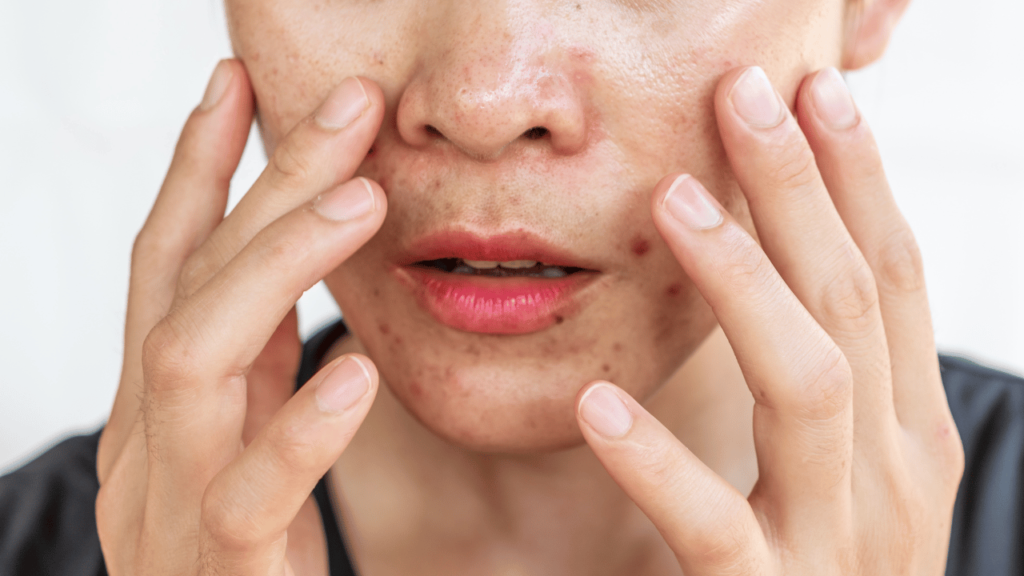
Recommended Ingredients for Oily Skin
- Clay: Absorbs excess oil and cleanses the pores.
- Charcoal: Draws out impurities and detoxifies the skin.
- Salicylic Acid: Helps to exfoliate the skin and prevent acne.
Suggested Masks for Oily Skin
- Clay Masks: These are good for blocking oil and keeping the skin smooth.
- Peel-Off Masks: Effective for removing impurities and minimizing the appearance of pores.
Face Mask For Combination Skin
Combination skin has both dry and oily areas, usually with an oily T-zone (forehead, nose, and chin) and dry cheeks. The key to managing combination skin is balancing the oil production in the T-zone while hydrating dry areas. Multi-masking, which involves using different masks on different parts of the face, can be particularly effective.
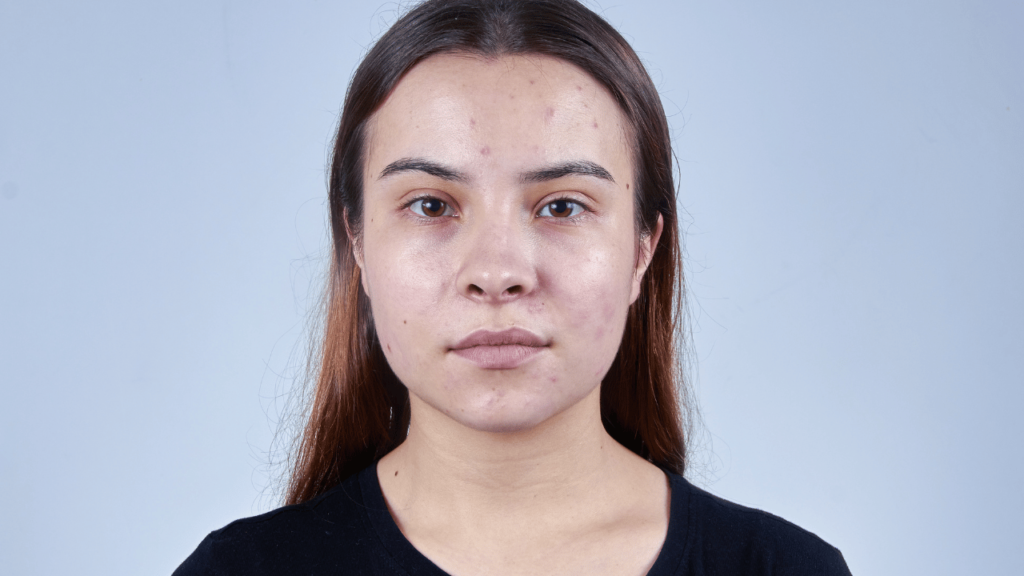
Recommended Ingredients for Combination Skin
- Niacinamide: Helps to regulate oil production and improve skin texture.
- Hyaluronic Acid: Provides hydration without clogging pores.
- Clay and Charcoal: Use these in the T-zone to control oil.
Suggested Masks for Combination Skin
- Multi-Masking: Use a clay mask in the T-zone and a hydrating mask on the cheeks.
- Gel Masks: Lightweight and hydrating, ideal for the entire face.
Face Mask For Sensitive Skin
Sensitive skin is often inflamed, red, and reactive. It is important to choose a face mask that is gentle, non-allergenic, and free of harsh chemicals. Look for masks with soothing ingredients like aloe vera, chamomile, and oatmeal, which can help to calm and protect sensitive skin.
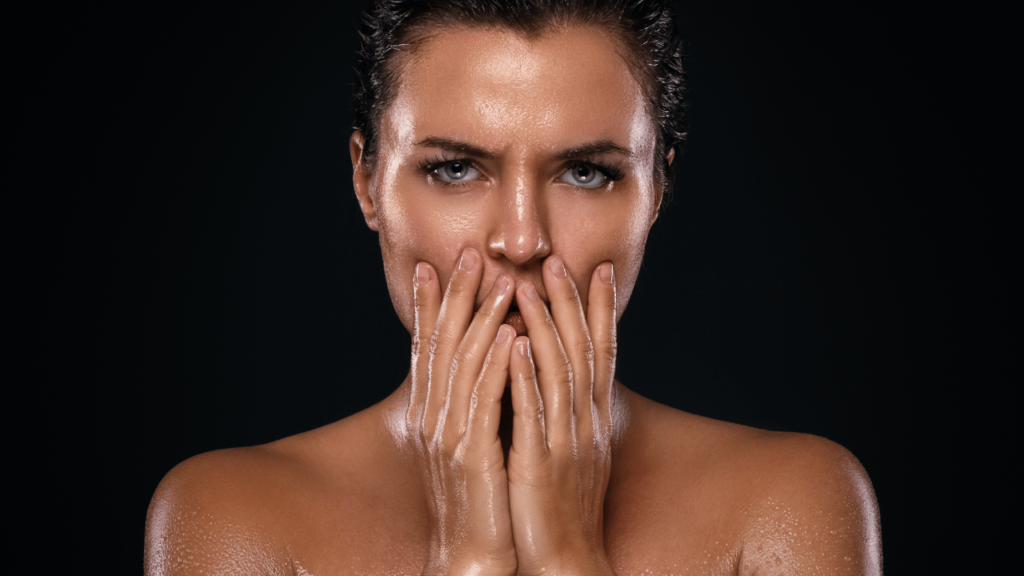
Recommended Ingredients for Sensitive Skin
- Aloe Vera: Soothes and hydrates irritated skin.
- Chamomile: Reduces redness and calms inflammation.
- Oatmeal: Provides gentle exfoliation and soothes the skin.
Suggested Masks for Sensitive Skin
- Gel Masks: Soothing and cooling, perfect for sensitive skin.
- Cream Masks: Choose those with calming and moisturizing ingredients.
DIY Face Masks vs. Store-Bought: Pros and Cons
When it comes to face masks, the choice between DIY and store-bought products can be a tough one. Each option has its advantages and disadvantages, and the best choice depends on your needs and preferences.
DIY Face Masks
DIY face masks are made from natural ingredients that you can find in your kitchen or local grocery store. These masks are popular because they are cost-effective, customizable, and free from preservatives and chemicals. However, they do require time and effort to prepare, and the results can vary depending on the ingredients used.

Pros of DIY Face Masks
- Natural Ingredients: DIY masks are made from natural ingredients like honey, yogurt, and turmeric, which are gentle on the skin and free from chemicals.
- Customizable: You can Customize DIY masks to suit your specific skin concerns, such as adding honey for hydration or turmeric for brightening.
- Cost-Effective: Most of the ingredients used in DIY masks are inexpensive and readily available.
Cons of DIY Face Masks
- Time-Consuming: DIY masks require time and effort to prepare, which may not be convenient for everyone.
- Variable Results: The effectiveness of DIY masks can vary depending on the quality of the ingredients and the consistency of use.
- Limited Shelf Life: DIY masks need to be used immediately or stored in the refrigerator, as they do not contain preservatives.
Store-Bought Face Masks
Store-bought face masks are manufactured by dermatologists and subjected to rigorous testing to ensure effectiveness. These masks are comfortable, easy to use, and designed to address specific skin issues. However, they can be more expensive than DIY masks and may contain preservatives and additives.
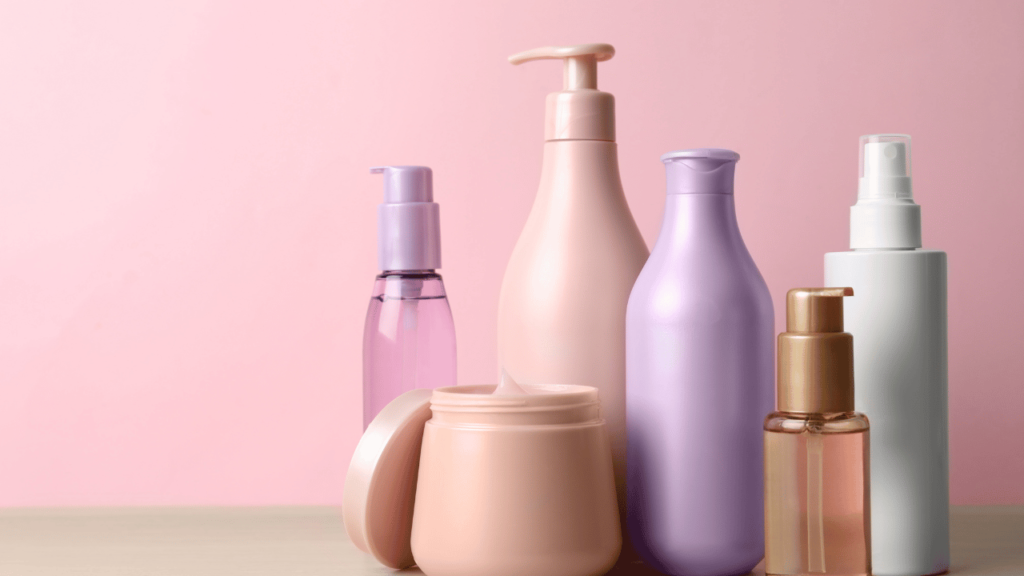
Pros of Store-Bought Face Masks
- Convenience: Store-bought masks are ready to use, with no preparation required.
- Consistent Quality: These masks are formulated to deliver consistent results, thanks to their scientifically tested ingredients.
- Variety: There is a wide range of store-bought masks available, each designed to address specific skin concerns.
Cons of Store-Bought Face Masks
- Cost: Store-bought masks can be more expensive than DIY alternatives, especially high-end brands.
- Additives: Some store-bought masks contain preservatives, fragrances, and artificial additives, which may not be suitable for sensitive skin.
- Environmental Impact: Single-use sheet masks, in particular, can contribute to environmental waste.
Tips and Reminders for Using Face Masks
Proper application of face masks is a must to achieve the desired skincare benefits. Here are some tips and reminders to help you get the most out of your face mask routine:
you may also like:- Best Face Mask for Women How do you choose the right one?

Start with a Clean Face
Always apply a face mask to clean the skin. Use a gentle cleanser to remove dirt, makeup, and excess oil before applying the mask. This step ensures that the mask can work more effectively on your skin.
Follow the Instructions
Different face masks have varied application methods and recommended times. For example, clay masks should not be left on until fully dry, as this can dehydrate the skin. Always follow the instructions provided on the packaging to avoid overuse or misuse of the product.
Frequency of Use
The frequency with which you should use a face mask depends on the type of mask and your skin type. Hydrating and sheet masks can typically be used 2-3 times a week without any issues. Clay or charcoal masks, which tend to be more drying, are best used once a week for those with oily skin, and even less frequently for those with dry or sensitive skin. Exfoliating masks with ingredients like alpha hydroxy acids (AHA) or beta hydroxy acids (BHA) should be used no more than once a week to avoid over-exfoliation.
Conduct a Patch Test
Always conduct a patch test before using a new face mask to check for any potential allergic reactions. Apply a small amount of the product to a discreet area of your skin and wait 24 hours. If you experience any redness, swelling, or itching, avoid using that mask.
Avoid Sensitive Areas
When applying a face mask, avoid applying it to broken or irritated skin, and steer clear of delicate areas such as the eyes and lips. These areas are more sensitive and can be easily irritated by the ingredients in some masks.
Rinse Off Properly
After the recommended time, rinse off the mask with lukewarm water. Use gentle, circular motions to help remove the mask without irritating the skin. For peel-off masks, gently peel from the edges and follow up with a splash of cool water to tighten the pores.
Follow Up with a Moisturizer
After removing the mask, it’s important to follow up with a moisturizer to lock in hydration. This helps to seal in the benefits of the mask and keeps your skin feeling soft and supple.
Analyzing Your Skin After Using Face Masks
After applying a face mask, it’s important to observe how your skin reacts. This assessment helps determine the effectiveness of the face mask and identify any potential adverse reactions.

Positive Signs
- Clearer skin: If your skin looks clearer and more radiant, it’s a good sign that the mask is working well for you.
- Reduced Inflammation: If you notice a reduction in redness or swelling, the mask may be helping to calm and soothe your skin.
- Smoother Texture: If your skin feels smoother and softer to the touch, the mask is likely providing the hydration and exfoliation your skin needs.
Negative Reactions
- Redness or Irritation: If your skin becomes red, itchy, or irritated after using a mask, it may be too harsh for your skin type.
- Excessive Dryness or Oiliness: If your skin feels excessively dry or oily after using a mask, it may not be the right formula for your skin’s needs.
Long-Term Benefits
To track long-term improvements, maintain a skincare journal. Document your skin’s condition before and after using a face mask, noting specific changes such as a reduction in acne, diminished fine lines, or enhanced overall radiance. Consistent use over time should reveal clear improvements in skin health.
Summary
Choosing the right facial mask is important to keep your skin healthy, especially because of different individual needs and skin types. This guide has highlighted the importance of understanding your skin’s specific needs—whether it’s oily, dry, sensitive, or a combination. By choosing the right facial mask for your skin type, you can maximize its benefits and better address concerns like moisture, acne, or aging.
We have also provided a curated list of the best face masks available in India, each chosen for its unique quality and effectiveness. From deep-rooted purifying clay masks to instantly moisturizing fabric masks, there is something for every skin concern. These products have been selected based on materials, user reviews, and overall performance.
For those who are still unsure, seek personalized advice from skincare experts to make appropriate recommendations. Personalized advice can give you more insight than generic advice, ensuring that you invest in a facial mask that really helps your skin.
Optimizing your skincare routine starts with making informed choices, and we hope this guide has given you the knowledge you need to make the right decision. Research suggested medication, consult with professionals if necessary, and take the next steps to achieve radiant, healthy skin.
As you consider adding this face mask to your routine, remember that consistency and efficiency are key. Follow the instructions and incorporate these treatments into your skincare routine on a regular basis.
Now is the perfect time to step up your skincare game. Explore our recommendations, ask for expert advice, and choose the best face mask for your needs. Your journey to better skin starts here.




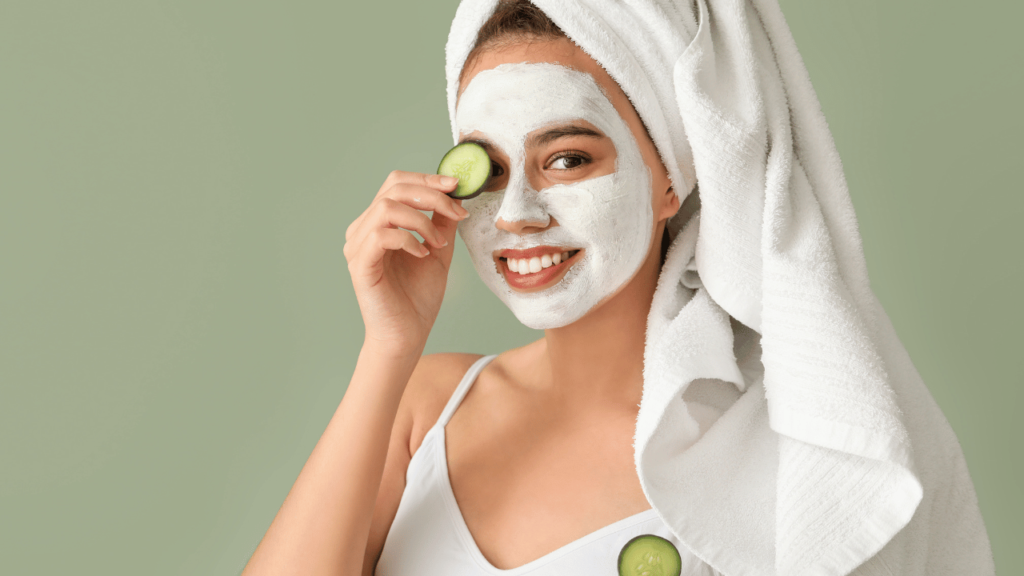

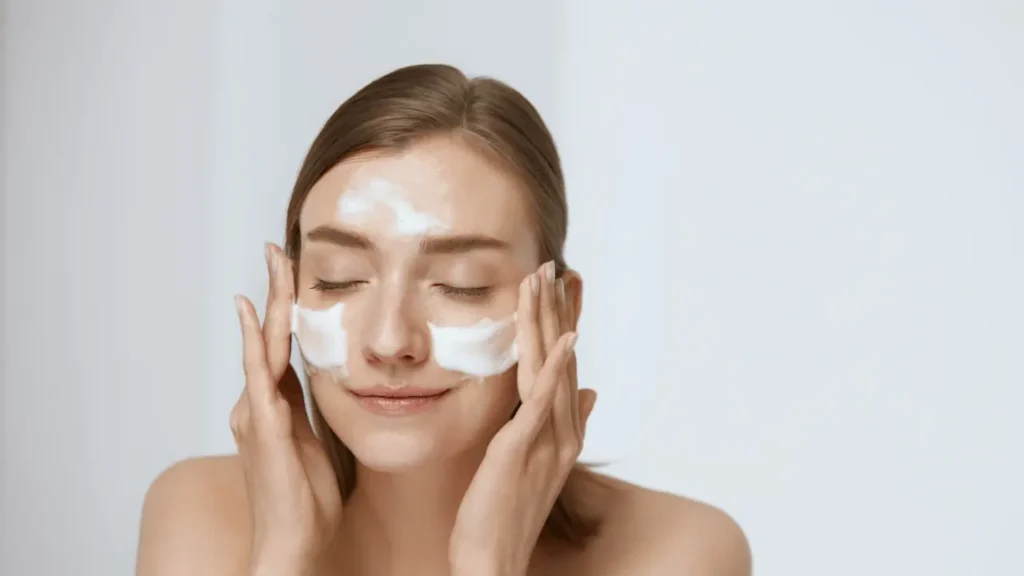
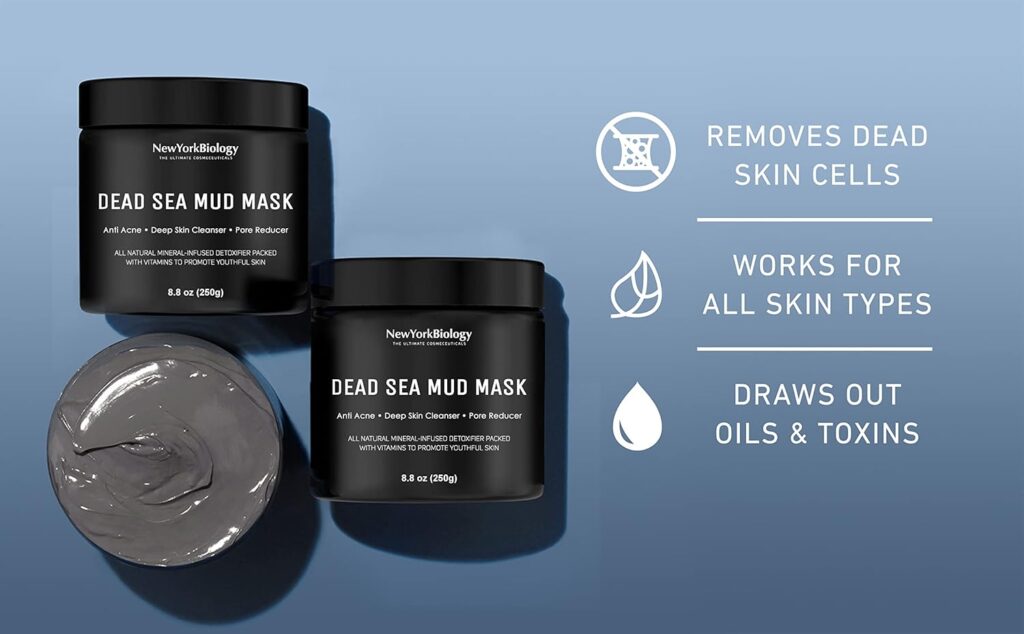

Pingback: Best Face Mask for Women How do you choose the right one?
Pingback: New York Biology Dead Sea Mud Mask Review: Is It Worth It? - Productsforme
Pingback: The Ultimate Guide to Face Sheet Masks: Benefits, Types, and Application Tips - Productsforme
Pingback: Best Types of Facial Cleansers and Their Benefits for Different Skin Types - Productsforme